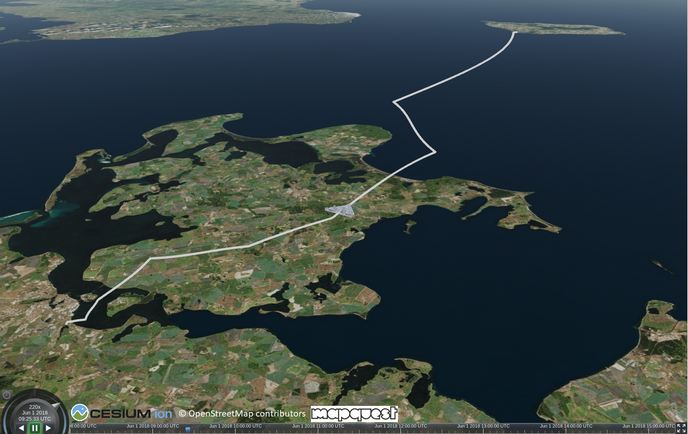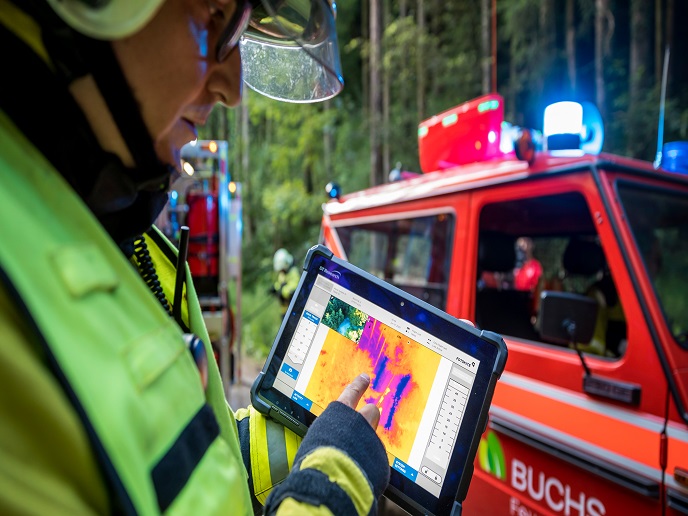Hybrid satellite and 5G network architecture shaping the future of drone communication
Unmanned aerial vehicles are inherently mobile, and therefore, use wireless/cellular transmission to exchange information with their operator on the ground. Safe operation hinges on a reliable command and control data link between the operator and the flying drone. The link should provide the much needed reliable connection to ensure drones are under control at all times while operating in the complex environment of controlled airspace. The bold hypothesis put forward by the EU-funded DroC2om(opens in new window) project is that a reliable command and control data link can be obtained by combining existing terrestrial cellular (LTE/5G) and satellite networks. “The proposed hybrid integration demonstrates the best of both worlds: the low latency and wide-area coverage of cellular networks together with the high reliability and availability of satellite communications,” notes project coordinator Troels Bundgaard Sørensen. This data link architecture is intended for unmanned aircraft operating in very-low-level airspace (up to a height of 500 feet), where the aircraft is typically referred to as a drone.
Promoting U-space’s operations concept
Drones are an emerging technology in the aviation world. They bring innovation, novel services for citizens, fresh business models and enormous potential for economic growth that will create value and welfare for society. Ensuring that drones can share the airspace safely without posing a threat to manned aircraft is a major vision of U-space(opens in new window). U-space aims to put in place a set of new services relying on high-level digitalisation and automation of functions and specific procedures that facilitate safe, efficient and secure access to airspace for a large number of drones, with an initial look at very low-level operations. “The ability to reliably exchange command and control information over a data link is crucial to several of these functions and procedures,” notes Sørensen. “The hybrid architecture combining cellular and satellite networks ensures reliable and safe operations for drones using U-space services.”
Wireless connectivity challenges in urban areas
U-space will enable complex drone operations to take place in all types of operational environments including urban areas. Ensuring link availability and a certain quality of service is not an easy feat in such areas. “Both satellite and terrestrial cellular networks face challenges in this cluttered environment. Satellite technology might provide good coverage; however, the main drawback is high communication latency. Terrestrial mobile networks have low latency and high throughput but introduce the challenge of resource sharing between different cell base stations in an area: given that the drone has line-of-sight paths to many non-serving base stations that share the same radio resources, it becomes susceptible to interference,” explains Sørensen. Through measurement campaigns, the project produced new models on the behaviour of the propagation channel between drones and cell base stations. The project published several findings on cellular interference mitigation in scientific papers. Researchers seeking to ensure a high-capacity command and control data link in highly loaded cellular networks also investigated several low- to moderate-complexity solutions including multi-link connectivity and antenna beam switching. “Primarily, these connectivity enhancements can be implemented without modifying existing cellular systems. If changes are needed, they will be limited to the drone side, thereby ensuring a fast roll-out of the U-space services,” concludes Sørensen.







